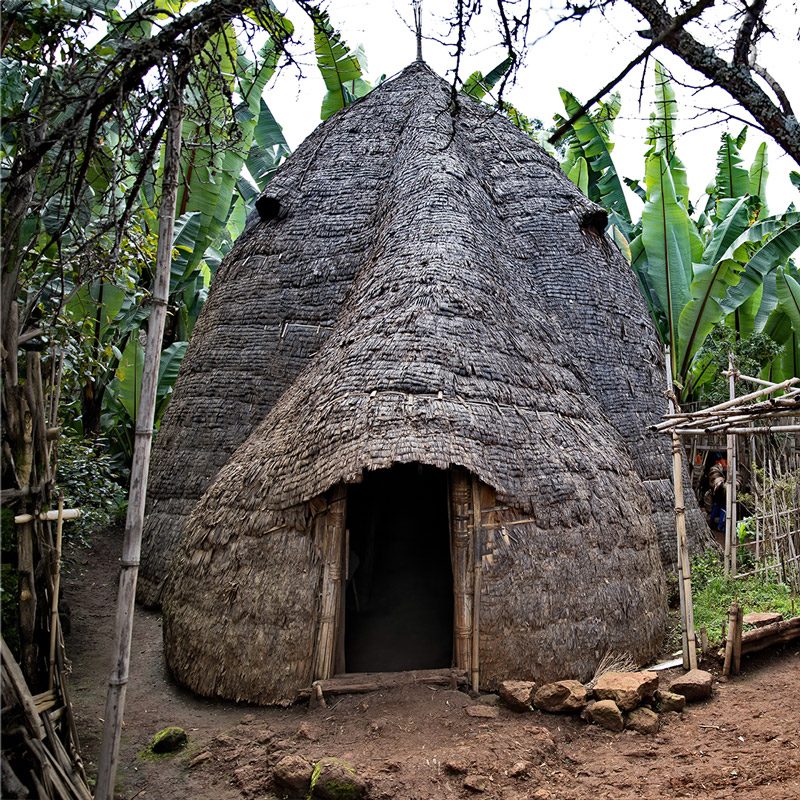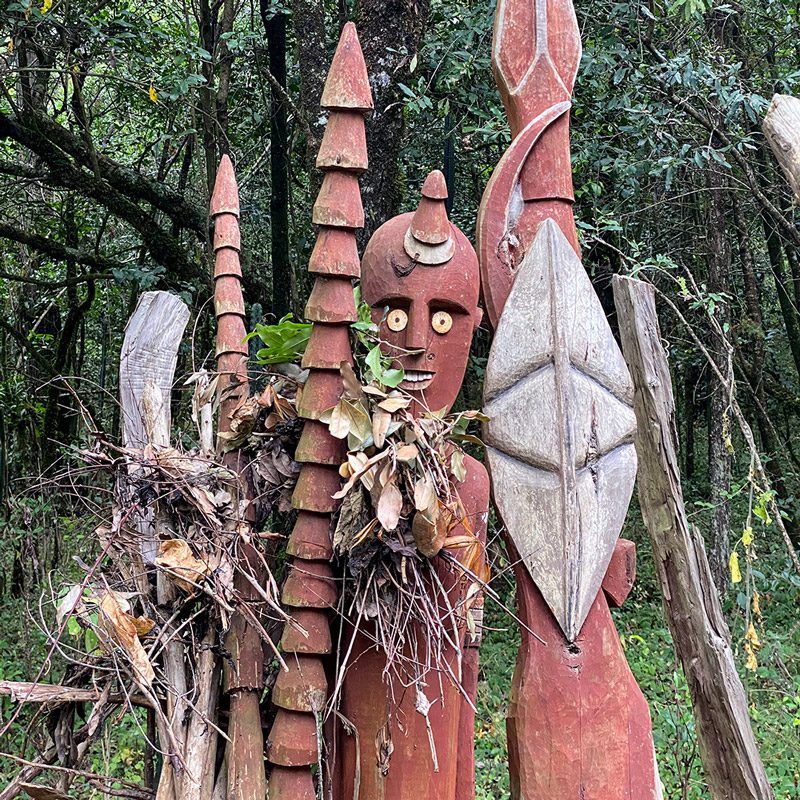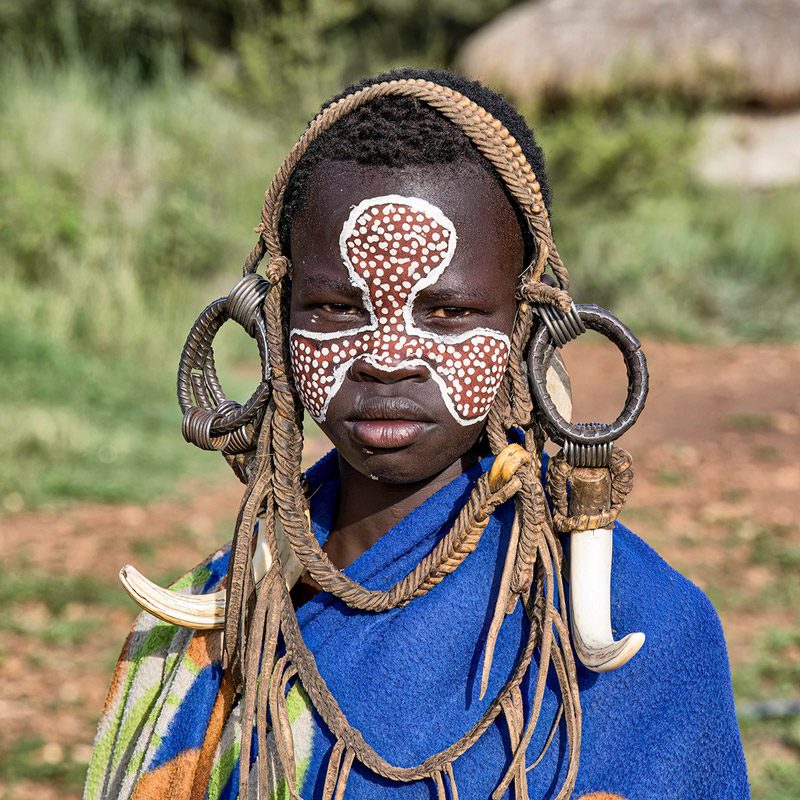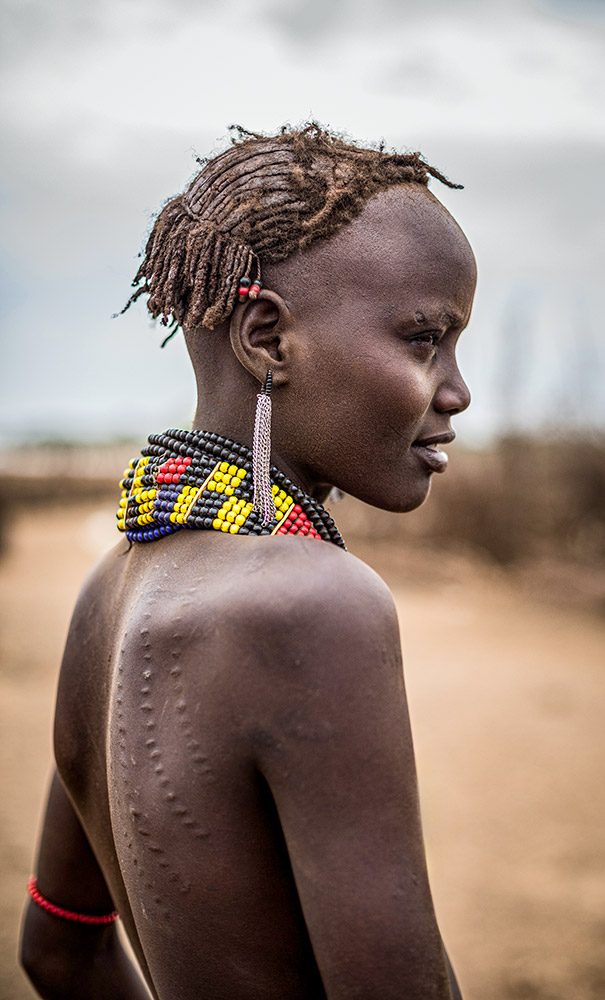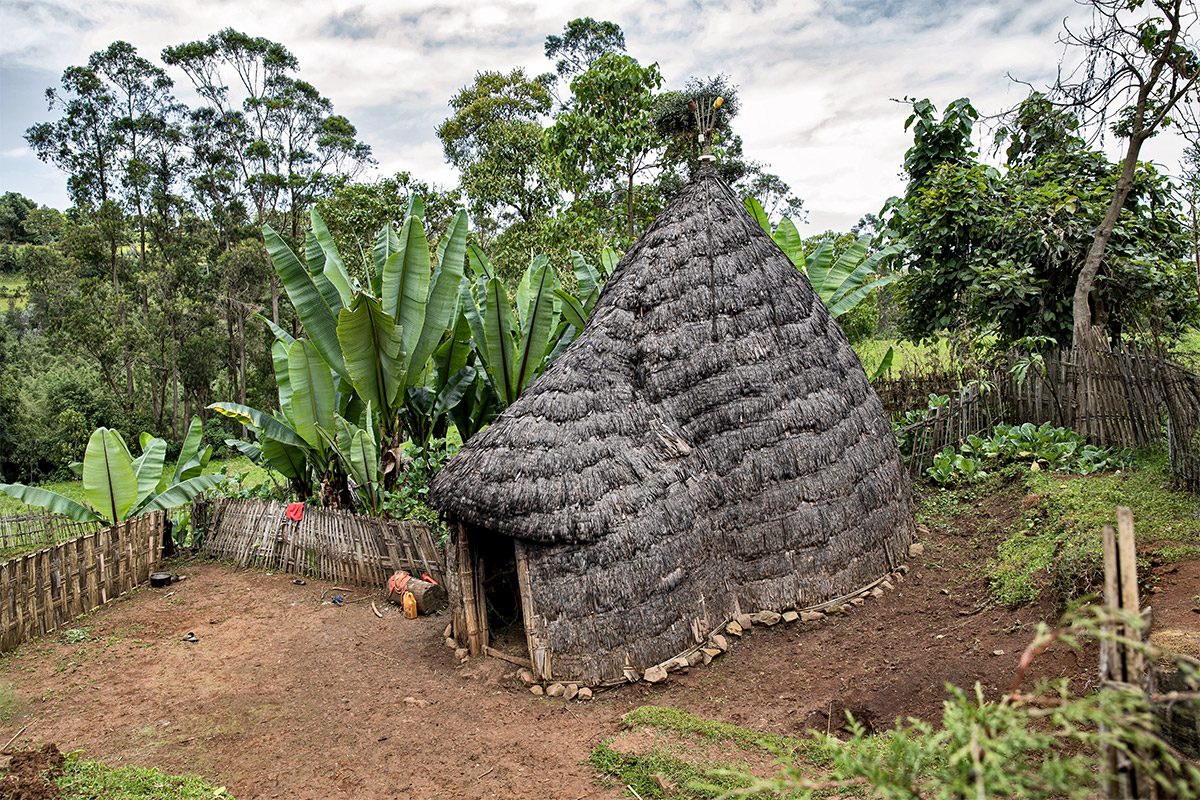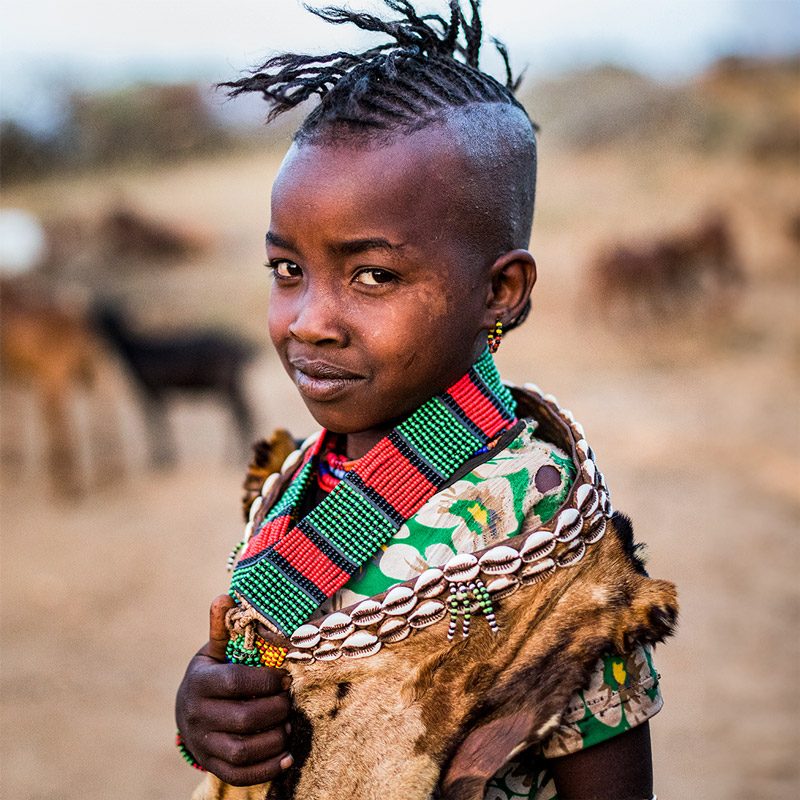Discover the highlights of this tribal trip to Ethiopia
We will attend the Bull Jumping Ritual of the Hamer people
The Hamer live in villages made up of cabins made of branches arranged in a circle, in which several linked families reside. The Hamer people are mainly dedicated to livestock and sorghum cultivation. There is a division of labor according to gender and age. The traditional clothing of the Hamer tribe is made with animal skin, from which different types of pieces are produced. The Hamer ethnic group places great importance on their aesthetics, specifically their hairstyle. Hamer rub their hair with a mixture of butter, lime and ocher earth, then shape it and decorate it with feathers. The unique initiation ritual of the Hamer people consists of jumping from one back to the other of a row of bulls. The initiate must walk through the line without falling to obtain the right to own livestock, marry, and have children. During the celebration, the community gathers to encourage the young people with songs. During this tribal trip to Ethiopia, we will try to attend the bull jumping ritual of the Hamer tribe.
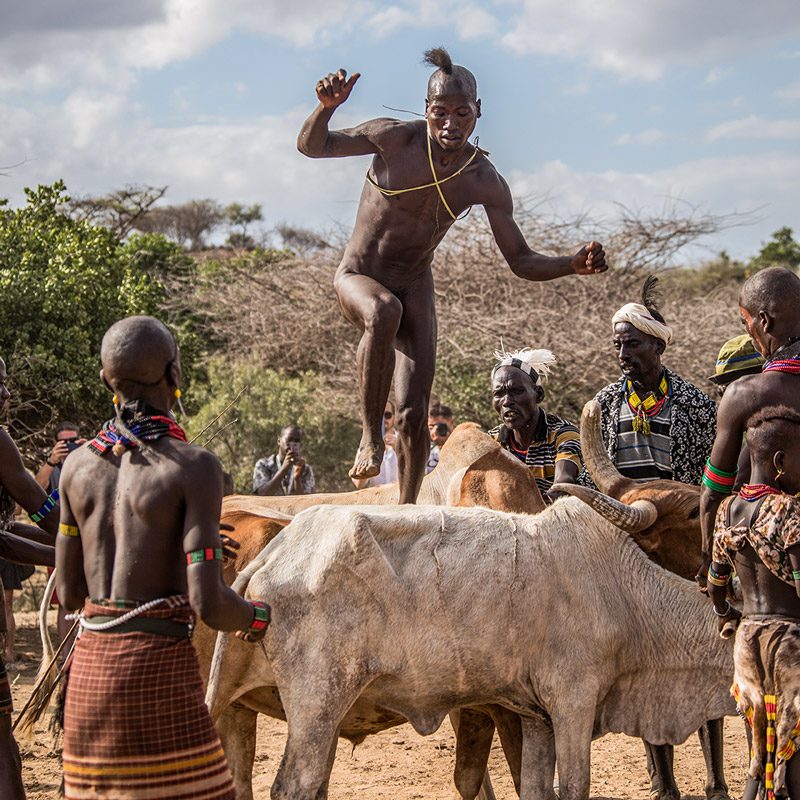
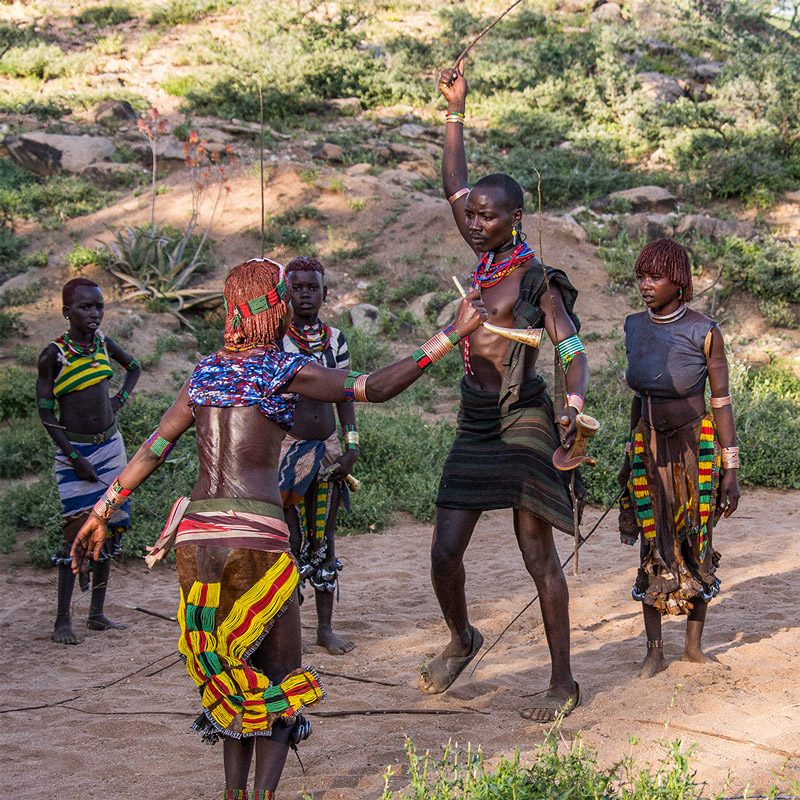
We will meet the Banna tribe
The Bana tribe is closely related to its Hamer neighbors, both in language and in culture or aesthetics. During this tribal trip to Ethiopia, we will try to understand their culture and observe the differences with the Hamer. The Banna are mainly engaged in agriculture and complement it with herding, hunting and gathering. They are mainly Muslims; however, several thousand are Christians and have their own king.
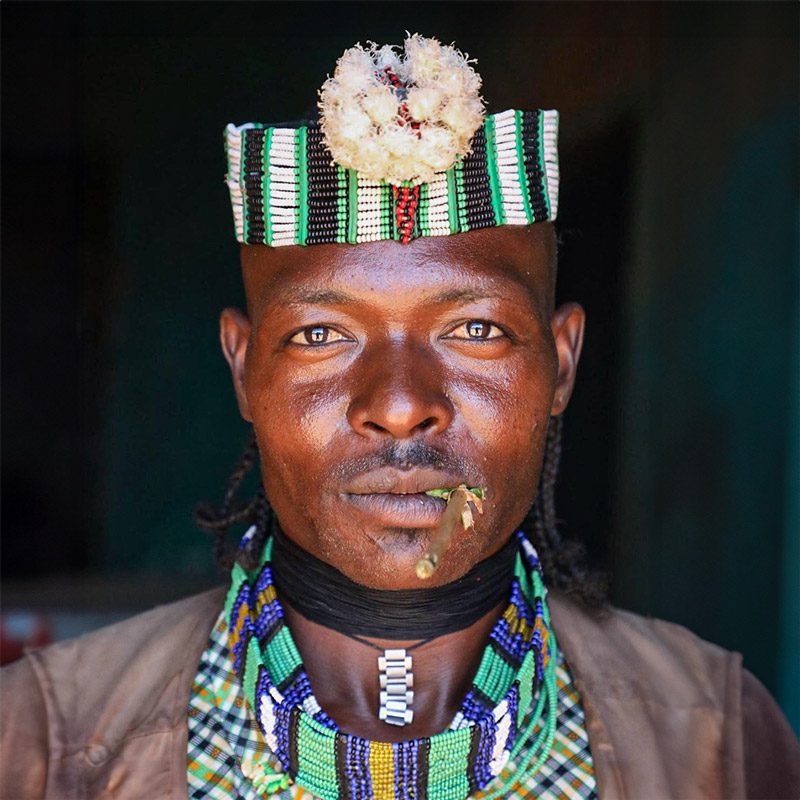
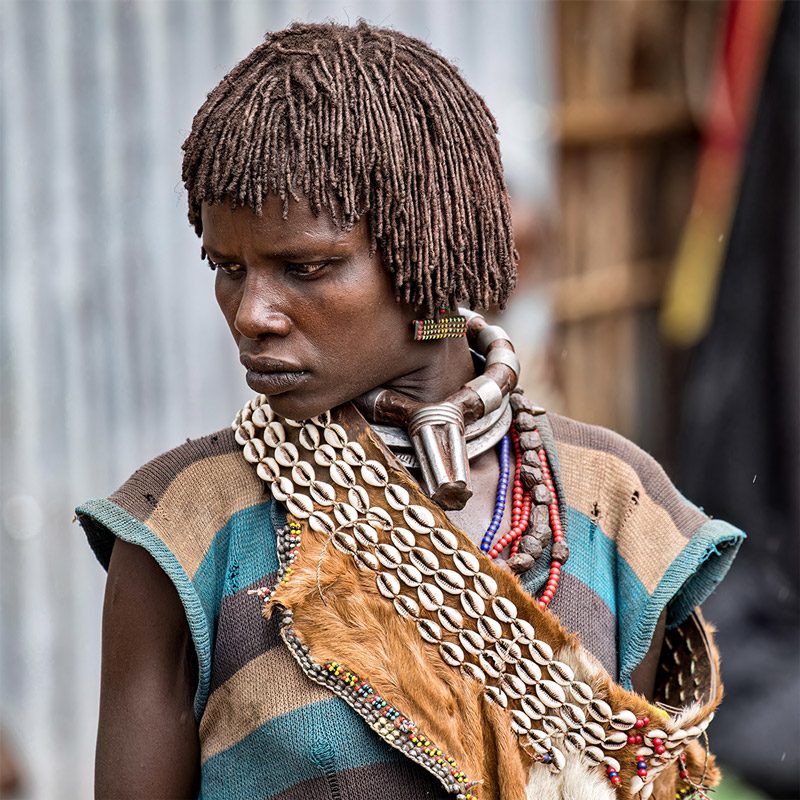
Meeting with the Aari tribe on this trip to Ethiopia
The Aari tribe is the largest ethnic group in the valley. Their territory extends from the northern border of the Mago National Park to the lands north of the city of Jinka, the capital of the Aari tribe, where we will meet them during this tribal trip to Ethiopia. The territory of the Aari tribe is divided into nine independent sectors, each of which is led by a traditional spiritual leader. Most Aari still practice traditional religion, which involves ancestor veneration. In addition to being skilled farmers, the Aari have a great artisan tradition. The women are famous for working with pottery, weaving baskets, and painting magnificent murals on the exterior walls of their homes. The men, on the other hand, are expert blacksmiths, tanners and wood carvers.
We will visit the Mursi tribe
On this tribal trip to Ethiopia, we will have the opportunity to meet the mythical Mursi tribe, famous for the tradition of women wearing lip plates. Visiting a Mursi village in the Mago National Park will be a unique experience. The main characteristic of the aesthetics of the Mursi people is the clay disc that they wear, placed in a cut on the lower lip. But the body paintings and scarification of the Mursis are also extraordinary. The Mursi believe in a greater force called Tumwi that resides in the sky, although it sometimes manifests itself in the form of a rainbow or bird. In the Mursi communities, two figures stand out: the Kômorus priests, responsible for the well-being of the group, who act as mediums with their god; and the Jalaba, who have a political role.
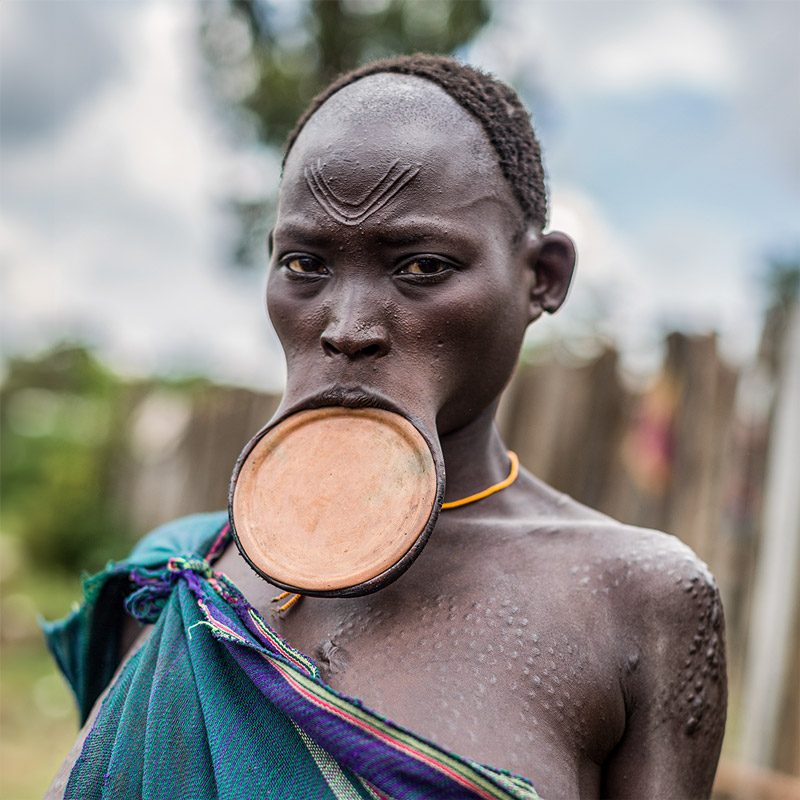
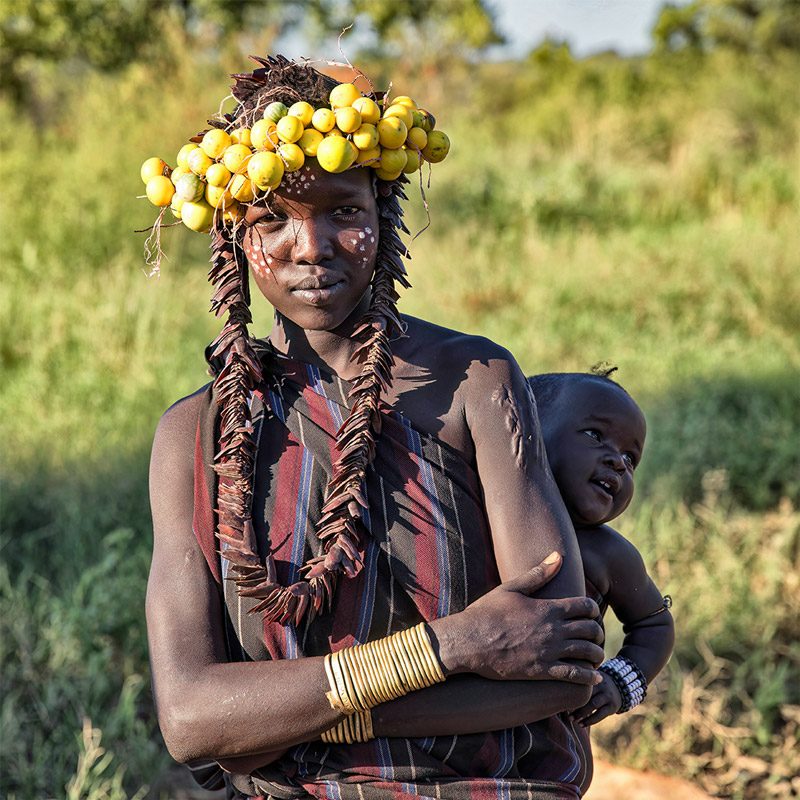
We will taste the coffee of the Sidama people
During this tribal trip to Ethiopia, we will meet the Sidama tribe in a village near Yirgalem. The economy of the Sidama people is mainly based on subsistence agriculture characterized by archaic production techniques. However, a substantial area of their land is dedicated to the production of coffee, the region's main commercial crop. Coffee has been the main source of income for rural households. On this tribal trip to Ethiopia, we will enjoy the Sidama coffee ceremony, while watching the hyenas in the surrounding forest. In 2019, the area where the Sidama live became Ethiopia's 10th regional state, after a referendum. Before the conquest of Emperor Menelik II, the Sidama people had their own well-established administrative systems dating back to at least the 9th century.
We will admire the beautiful cabins of the Dorze tribe
The Dorze people are a small Omotic-speaking ethnic group consisting of about 30,000 people. They extend around the banks of the Omo River, to the highlands above Lake Abaya. The Dorze tribe is known for its huge huts, which resemble a giant beehive. During this tribal trip to Ethiopia, we will have the opportunity to admire these beautiful examples of vernacular architecture. Although these cabins appear fragile, they can last up to 60 years. The huts of the Dorze tribe feature a kind of "nose" on their south side, which serves as a reception room. In the center of the hut, there is usually a fire for cooking, surrounded by low benches for sitting around.


We will meet the Konso people during this tribal trip to Ethiopia
The Konso, also known as Xonsite, typically live in large walled cities, each ruled by a king. During this tribal trip to Ethiopia, we will attempt to have an audience with the Konso king; in addition to visiting traditional sanctuaries and vernacular architecture. Age, rather than inherited status or kinship, is the most important principle of Konso social organization. Each region has a priest, who lives in isolation, and whose function is to bless the towns in his region and perform ceremonies.
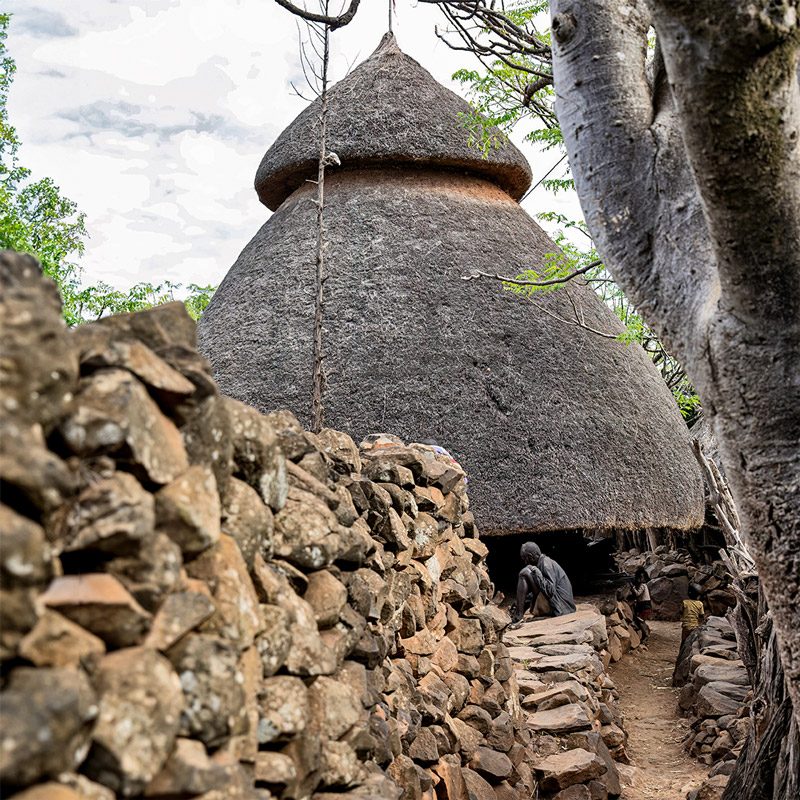
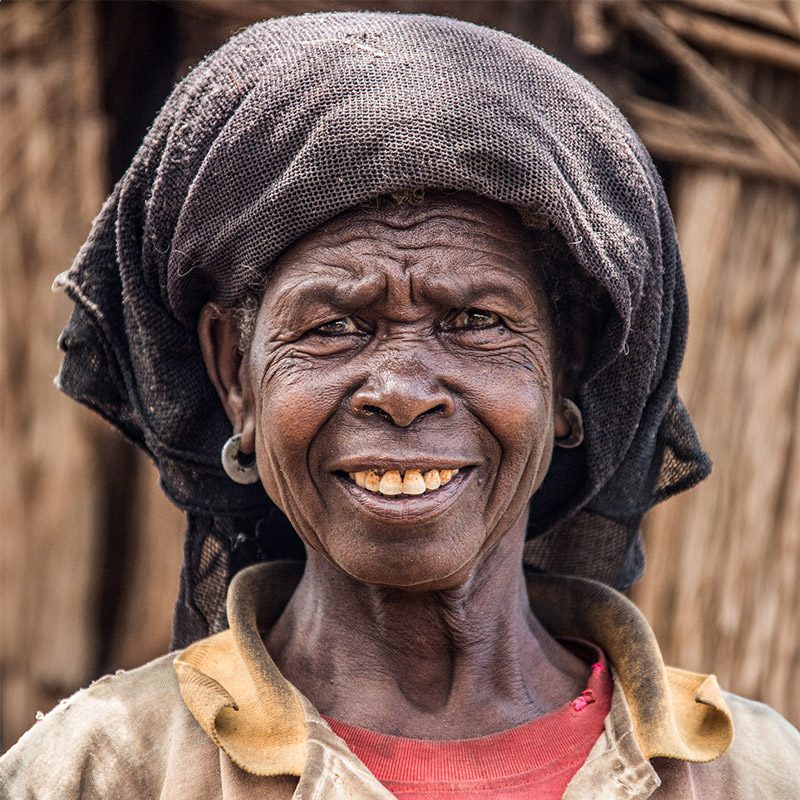
Meeting with the Dasanech tribe
The Dassanech tribe is a highly egalitarian society, with a social system involving age groups and clan lineages. The Dassanech are a mainly agricultural and livestock-raising people. They grow sorghum, corn, pumpkins and beans when the Omo River and its delta flood. In the dry season, the Dassanech depend on their goats and cattle. Dassanech men are recognized in the region for their beautiful hairstyles, which also signifies their position in the age system. The Dassanech tribe is divided into eight clans, each of which has its own identity and customs and is linked to a particular territory. During this tribal trip to Ethiopia, we will visit their dome-shaped huts and admire their unique dances with high jumps.
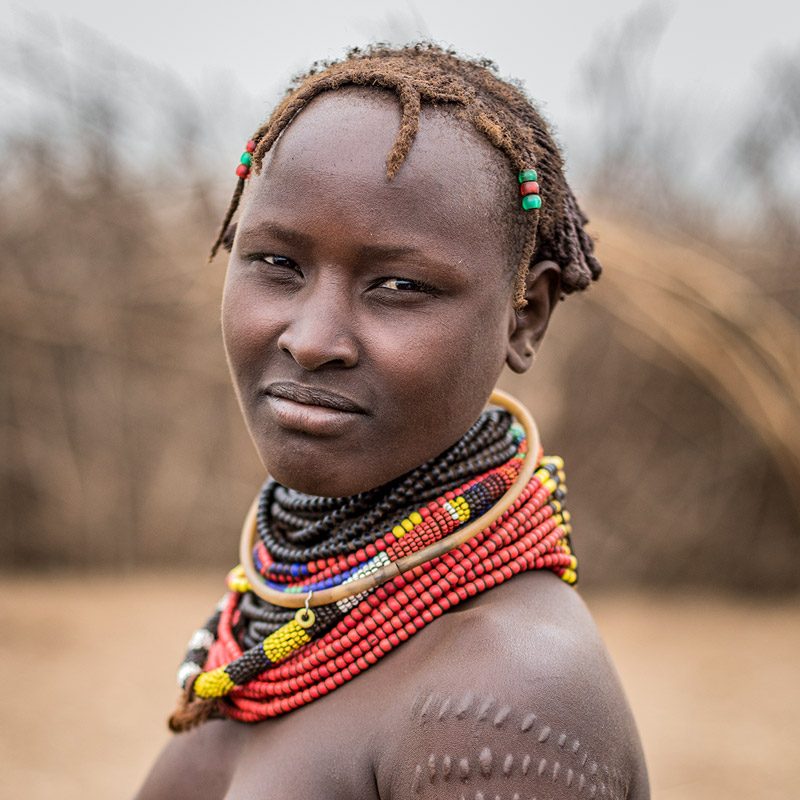
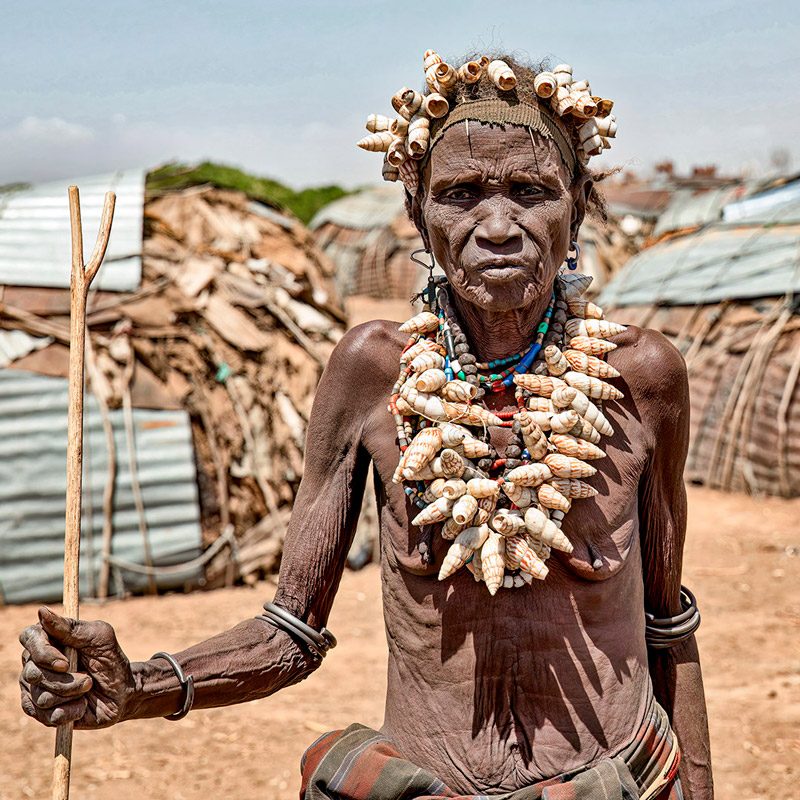
© Photos by Jordi Zaragozà Anglès and Aníbal Bueno taken during a tribal trip to Ethiopia.
► Book your place now for this tribal trip to Ethiopia
Click on the button below to easily reach the form to book your place for this tribal trip to Ethiopia.

